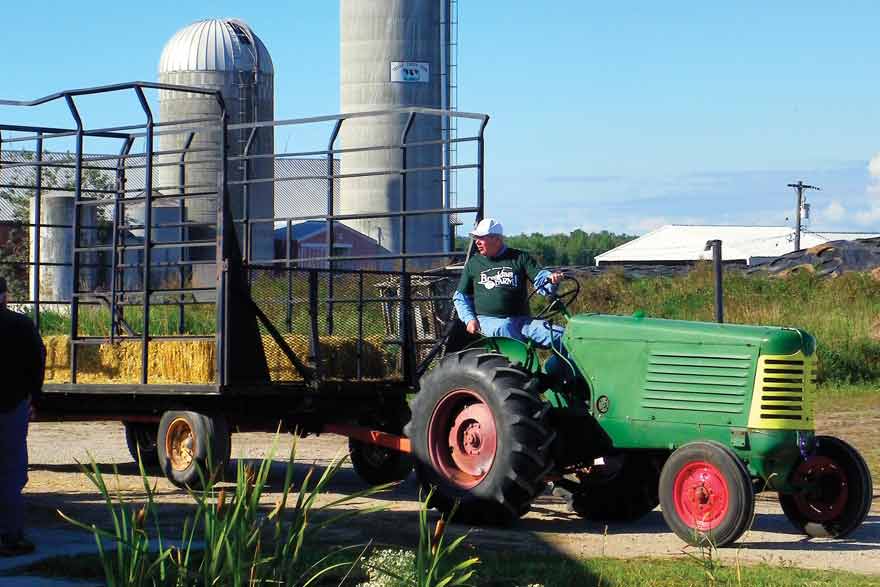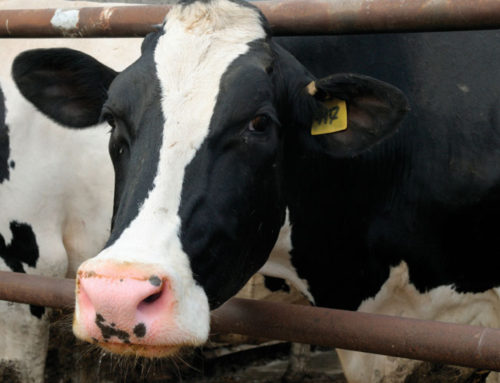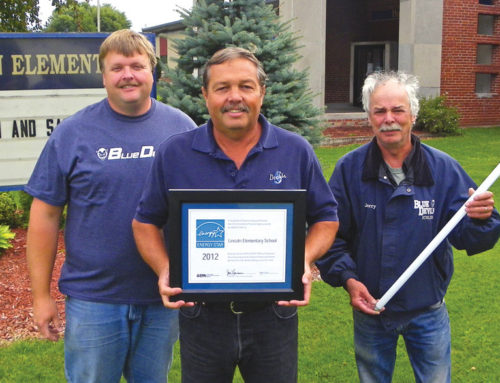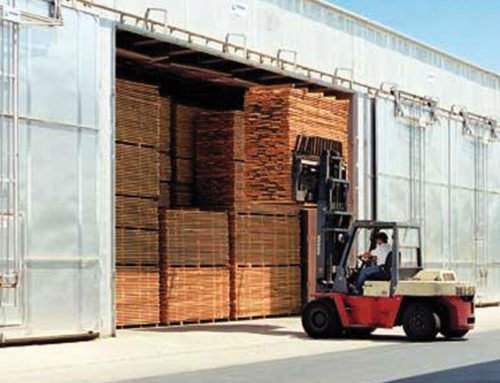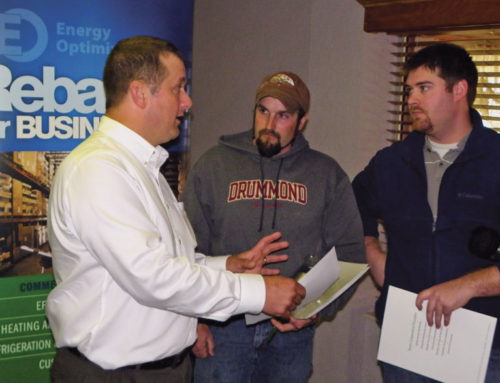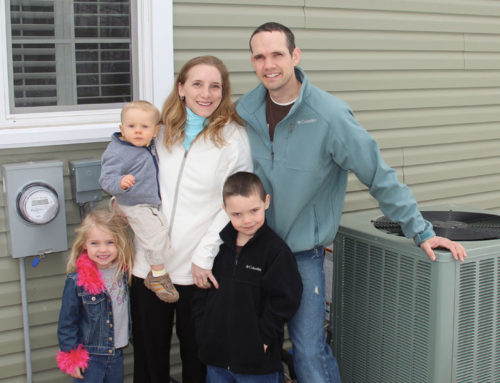To get the biggest bang for their electricity dollar, more and more farmers are turning to energy efficiency to boost their bottom line and productivity. Starting this year, area farmers can take advantage of new Energy Optimization (EO) incentives designed specifically to make their farming operations more energy efficient.
Electricity on the farm powers heating (water, space, heat lamps), pumping (irrigation, water wells, manure lagoons), refrigeration, ventilation, lighting, fans (drying grains, aeration), feed and material-handling augers, and manure, milk harvesting/refrigeration and egg conveyors. In the area of motors and lighting alone, the American Council for an Energy Efficient Economy (ACEEE) estimates farmers could save $88 million annually by implementing cutting-edge efficiency measures using available technology.
EnSave, a Vermont-based farm energy audit group, has created a pyramid revealing steps agricultural operations can take to cut down on energy use, arranged by the cost and benefits of improvements.
First, farmers should analyze their energy use. This may reveal opportunities to save on electric use and in some cases could lead to increased productivity. Next, farmers should try energy conservation—changing behaviors and simply using less energy daily. After this, the greatest savings may be achieved through energy efficiency–working smarter and saving money by using more efficient equipment.
Each farm—from dairy and poultry to general agriculture—presents different opportunities for efficiency upgrades, varying by region and crop. However, regular equipment maintenance provides universal benefits. For example:
- Clean equipment: Removing dust, soot and debris from equipment will allow it to do more work with less effort, extending its life and reducing energy use.
- Inspect regularly: Equipment should be checked regularly. Replace parts that are showing excessive wear before they break and cause irreparable damage.
- Plug leaks: Be it a pinprick hole in a hose or a drafty barn, leaks waste money, fuel and electricity. By plugging the leaks, savings can be considerable.
- Remove clutter: Hoses should be regularly flushed to clear them of debris. Ensure fan and motor intakes and exhausts remain clutter-free for maximum circulation and efficiency.
Lighting presents another efficiency touch-point. Light work areas, not entire buildings, and use daylight when possible. Installing dimmable ballasts can also help control light levels.
The type of lights used on the farm make a difference. Incandescent lightbulbs typically convert only 10 percent of the energy used into light. There are many other options available:
- Compact fluorescent lightbulbs (CFLs) deliver the same amount of light as incandescent bulbs, but use only a quarter of the electricity. Installing CFLs may cost a little more initially, but they can last up to 10 times longer.
- Cold cathode fluorescent lightbulbs (CCFLs) can last up to 25 times longer and have around the same efficiency as CFLs.
- T-8 and T-5 lights with electronic ballasts generate less noise, produce more light per watt, offer better color rendering, minimal flickering, cooler operation, and provide electric cost savings.
The U.S. Natural Resources Conservation Service provides farm energy calculators. From animal housing operations to irrigation estimates, the calculators assess how much energy your farm currently uses and offer insights on how to cut your energy costs.
Cloverland Electric’s Energy Optimization Agribusiness Program can make it a little easier on the pocketbook to replace inefficient lighting and non-lighting equipment with more energy efficient measures. Project incentives are available to members on a first-come, first-served basis. Qualifying agribusiness projects must reduce electric energy use as a result of the energy efficiency measures installed to be eligible for incentives. Visit michigan-energy.org for a complete list of qualifying products or to download an application. If your specific piece of equipment is not listed and a more-efficient product is available, all is not lost. There are many projects that may qualify for an incentive under the “custom” option such as grain dryers and milk harvesting/cooling equipment.
To learn more about this new program, visit us at michigan-energy.org or call 877-296-4319.
Sources: American Council for an Energy Efficient Economy, EnSave, U.S. Natural Resources Conservation Service
